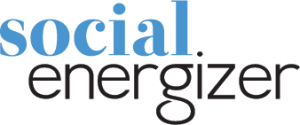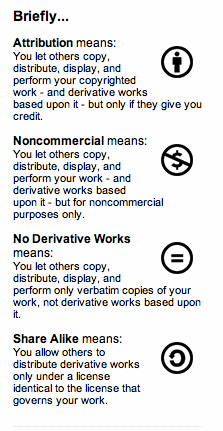Websites
Attention, please
Frazzled? Me, too. Leave it to Chris Brogan to help us find our ‘center’. Check out his short video entitled, “What Has Your Attention“. He sure set me straight. I think this is something that all entrepreneurs and small business folks struggle with. Sometimes there are so many choices of what you COULD do that you…
Read MoreFree -and Legal- Images for Your Blog
For basic tips on using images online, please see our blog, Image Basics for Bloggers, from last week. What is Creative Commons? In the past, buying photography was expensive and complicated. Royalties needed to be paid and photos were limited to many restrictions on how they could be used. Then along came Creative Commons in…
Read MoreImage Basics for Bloggers
Attract their attention When it comes to blogging, we all know that it takes great content to attract attention. Part of this is the written content, but just as important part are the visuals you find to support your words. Yes, the secret is in the pictures. Adding just 2 images can increase the time…
Read MoreYour Website is Your Base Camp, Is It Solid?
Whether you’re climbing Mt. Everest in the heart of the Himalayas, like adventurers Rhys & Nicky, or leading your company into the world of inbound marketing, your success depends on having a solid base camp. Your website is your base camp. A Base You Can Rely On First off, your website is the most important…
Read MoreTop Five SXSW 2011 Videos
SXSW 2011 has wound down for this year, but they’ll be back next year and I plan to be there. SXSW has something for everyone, especially in social media or inbound marketing. So many of the heavy hitters are there that it makes ones head spin. It has taken a bit of searching around, but…
Read MoreTwitter – The art of tweets, follows and hashtags
If social media were a three legged stool, then a business website, Facebook site and Twitter account would be the legs of that stool. For businesses wanting to master the art of social media marketing, these sites must be professional looking, elegantly managed creating a seamless brand appearance. They also need to be balanced and…
Read MoreSEO Basics: Get the Most from Keywords
Why do you need Keywords? They lay the foundation for Search Engine Optimization (SEO). And SEO is how you get visitors to your site. It lets people know you exist. Keywords are used by search engines to find a product or service like yours and match it to the customer looking for that. Close your…
Read MoreSEO Explained through Analogies
SEO (Search Engine Optimization) can be daunting stuff. It’s the sort of topic that makes one’s eyes glass over and can put the worst insomniacs to sleep. BUT it is one of the four most important elements to Inbound Marketing and is often not understood. Many consider it the magic behind the curtain. It is…
Read MoreChris Brogans- What is the Focus and Purpose of Your Blog
I was digging through some of my archives and came across this article from Chris Brogan, one of my favorite thought leaders in the social media arena. It is about the focus and purpose of your blog. Chris starts by suggesting that you, “Ask yourself that question: what is the focus and the purpose of my…
Read MoreEven Santa likes Social Media
It’s got to be good if Santa likes it. The phenomenon of social media continues into a Christmas-decorated living room near you. Social media are now part of celebrating Santa’s annual visit to children near and far. Mashable has just posted “9 Ways to Connect With Santa on the Web” so kids can get in…
Read More

